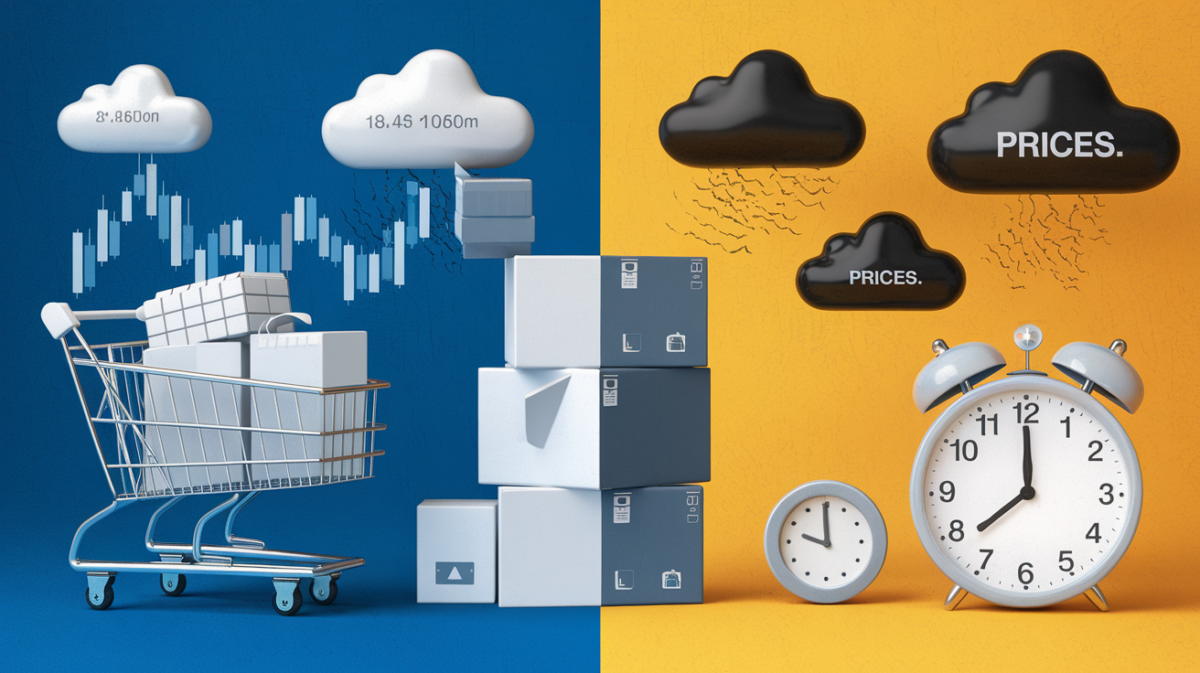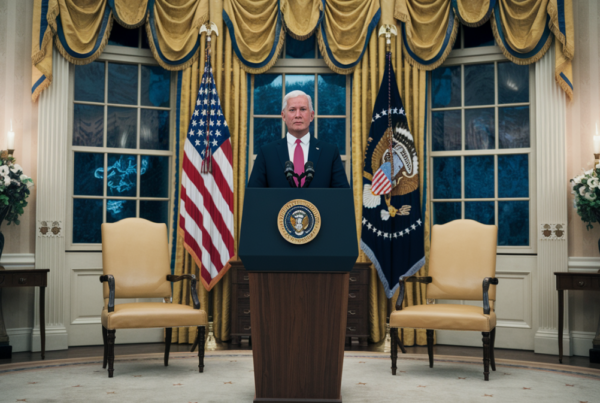Recent economic data shows that U.S. inflation remains relatively tame, despite the imposition of tariffs on imported goods. However, economists warn that the full impact of these tariffs has yet to materialize, and consumers may soon feel the pinch.
Current Inflation Trends: A Temporary Calm
In May 2025, the U.S. consumer price index (CPI) rose by 2.4% year-over-year, a modest increase from April’s 2.3%. Core inflation, which excludes volatile food and energy prices, held steady at 2.8%. These figures suggest that inflationary pressures are still mild, but experts caution against complacency.
The Delayed Impact of Tariffs
The Trump administration’s tariffs on imports were expected to drive prices higher, but their effects have been slower to appear than anticipated. Here’s why:
- Stockpiling: Many businesses stockpiled goods ahead of the tariff deadlines, delaying the need to pass costs onto consumers.
- Cautious Pricing: Companies have been hesitant to raise prices amid trade uncertainties, opting instead to absorb some of the additional costs.
- Supply Chain Adjustments: Some firms have shifted sourcing to avoid tariffs, mitigating immediate price hikes.
However, these temporary buffers are wearing thin. Major retailers like Walmart and food producers such as J.M. Smucker have already signaled upcoming price increases to offset tariff-related expenses.
What to Expect in the Coming Months
Economists predict that the tariffs will begin to exert more noticeable upward pressure on prices later this year. Goldman Sachs, for instance, forecasts that inflation could climb to 3% by the end of 2025.
Key Areas Likely to Be Affected
- Consumer Goods: Everyday items, from electronics to clothing, may see price hikes as import costs rise.
- Food and Beverages: Companies like Smucker have already announced plans to increase prices for products like coffee.
- Automobiles: Tariffs on steel and aluminum could make cars more expensive.
Federal Reserve’s Response
The Federal Reserve is closely monitoring the situation. Despite the current mild inflation data, trade-related uncertainties have led the Fed to maintain its benchmark interest rate range of 4.25%-4.50%. Officials have indicated that they will remain cautious, balancing the risks of inflation against potential economic slowdowns.
Consumer Impact: A Slow Burn
While the broader economy has shown resilience, consumers are already noticing higher costs in certain areas. The gradual nature of these increases means that the full economic impact of tariffs may unfold over time rather than in a sudden spike.
Comparison: Inflation Now vs. Projected
| Metric | Current (May 2025) | Projected (End of 2025) |
|---|---|---|
| Overall CPI | 2.4% | 3.0% |
| Core CPI | 2.8% | 3.2% |
| Producer Prices | 2.6% | 3.5% |
Why the Economy Has Stayed Resilient
Despite fears that tariffs would immediately stifle growth, the U.S. economy has remained surprisingly robust. Strong consumer spending and a tight labor market have helped offset some of the negative effects. However, analysts warn that this resilience may not last if tariffs continue to weigh on businesses and households.
Looking Ahead
The coming months will be critical in determining how tariffs reshape the economic landscape. While the current data suggests a manageable level of inflation, the delayed effects of trade policies could soon become more pronounced. Consumers and policymakers alike should prepare for a potential uptick in prices.
In summary, the story of tariffs and inflation is one of delayed consequences. What appears to be a calm economic surface may soon give way to stronger inflationary currents.







